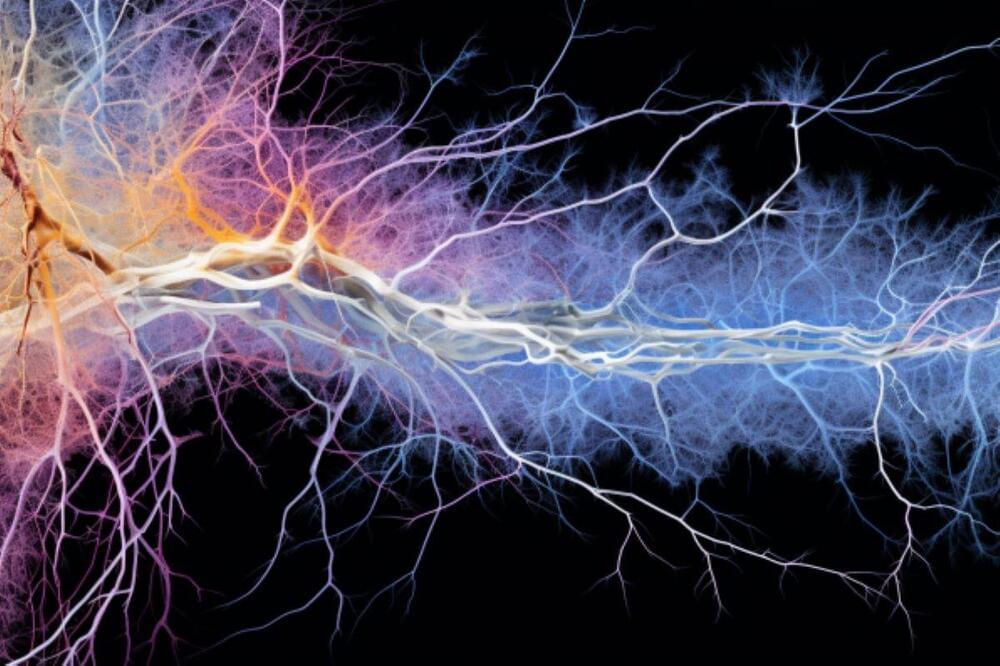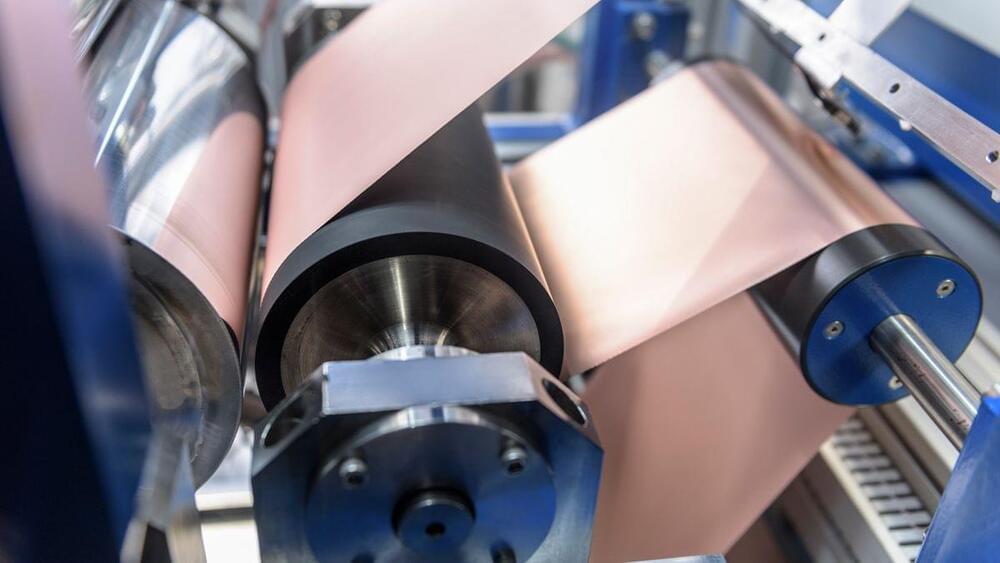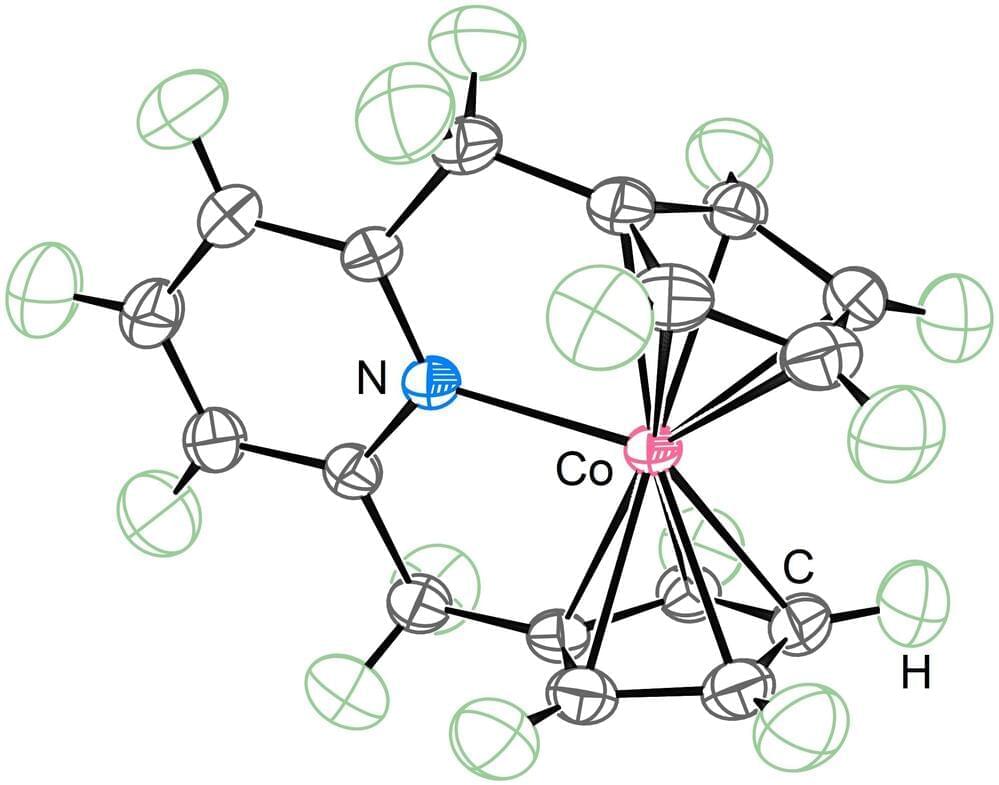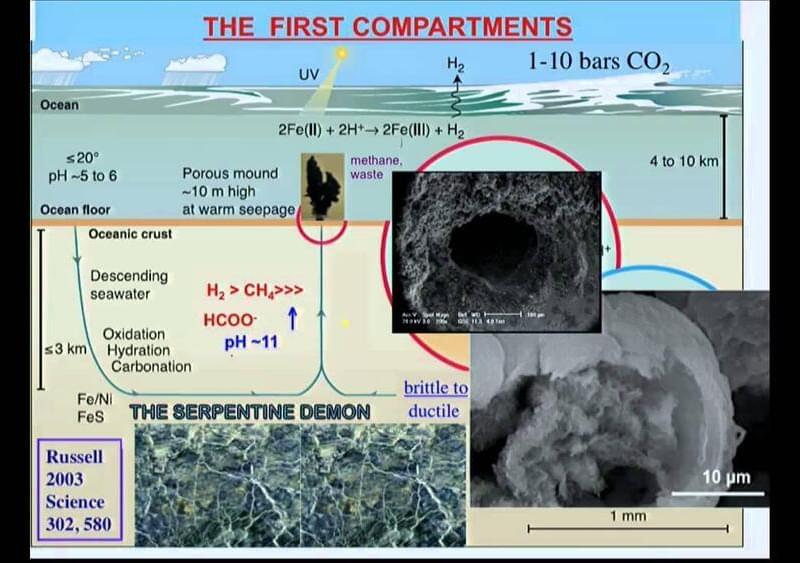
Generative AI is dominating the conversation in 2023, and the design community is no exception to its transformative potential. Product innovations fueled by emerging AI capabilities have the potential to unlock new opportunities and put the power of real-time intelligence in customers’ hands like never before.
As a design leader focused on creating innovative products and solutions for millions of our consumers and for thousands of our employees, I find AI’s potential particularly exciting for the design discipline. New technological advances like generative AI, computer vision, natural language processing and large language models can augment, complement and elevate the capabilities of designers, enabling them to focus on work that delivers maximum value to their users. At the same time, there are ongoing and important conversations about designing and implementing new safeguards and frameworks to mitigate risk and ensure the responsible application of AI.
Let’s take a closer look at the dynamic intersection of AI and design, focusing on how AI-enhanced design tools can enhance designer workflows, improve outputs and fuel product innovation.








